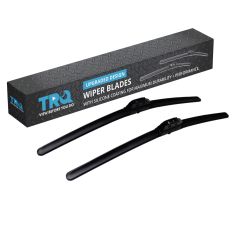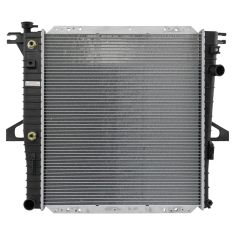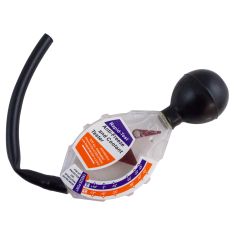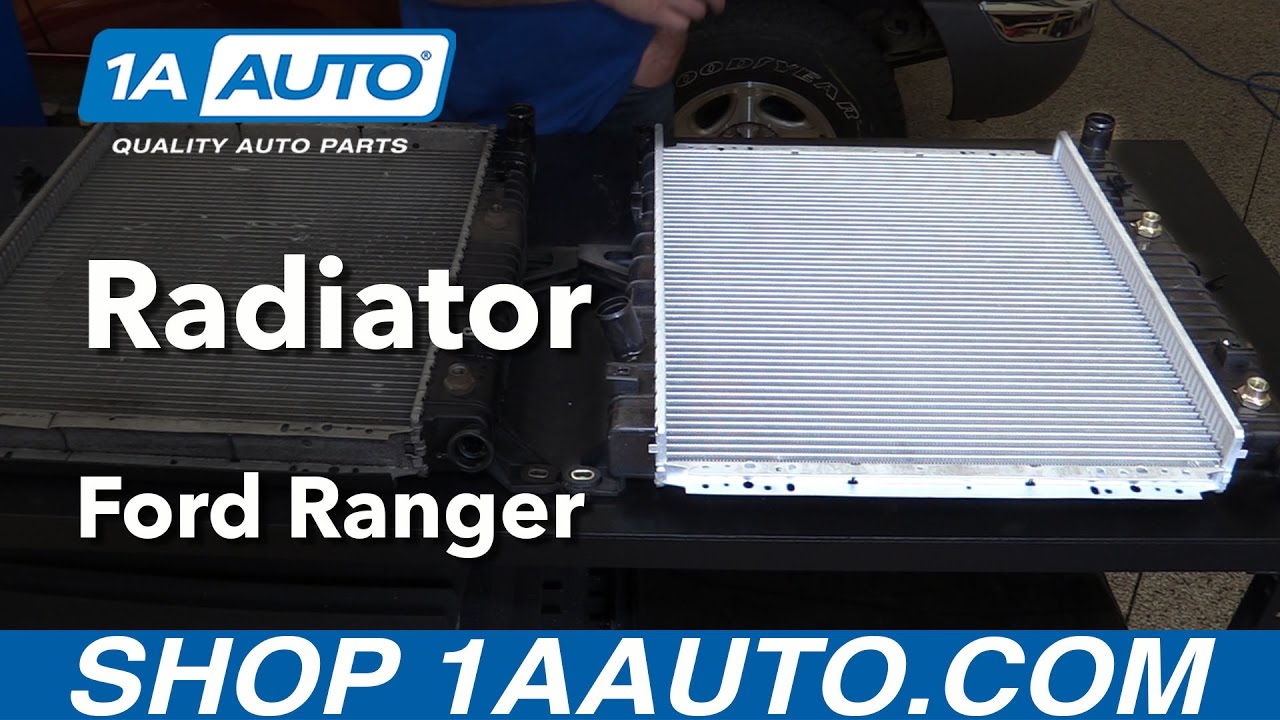1ARAD00852-Ford Mazda Mercury Radiator TRQ RDA82609
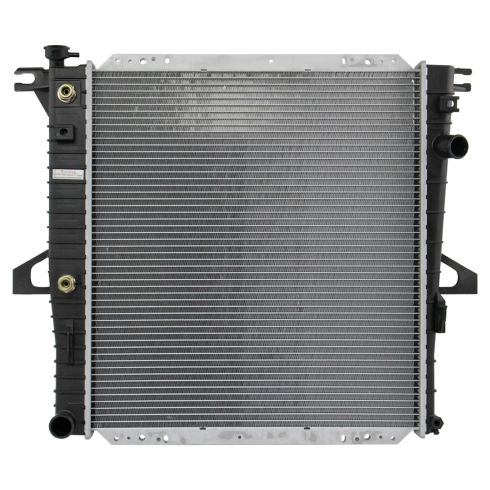


Replaces
2004 Mazda B4000 Truck Radiator TRQ RDA82609


Recommended for your 2004 Mazda B4000 Truck
Frequently bought together
Product Reviews
Loading reviews
Customer Q&A
No questions have been asked about this item.
Mazda is a registered trademark of Mazda Motor Corporation. 1A Auto is not affiliated with or sponsored by Mazda or Mazda Motor Corporation.
See all trademarks.









